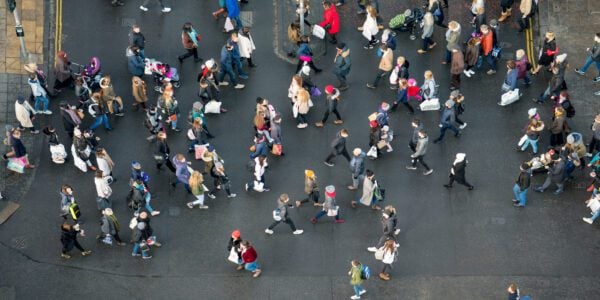
05/02/14
2 min read
Policy on business rates, pensions taxation and childcare needs clearer sense of direction
The IFS Green Budget, funded by the Nuffield Foundation and produced in collaboration with Oxford Economics, is published today.
The Chancellor’s decision to extend the fiscal consolidation through to 2018–19 means even more dramatic spending cuts are now planned, despite the better headline economic news. By the end of this financial year only 40% of planned spending cuts will be in place.
Even with £12 billion a year of additional cuts to social security spending, Mr Osborne’s plans would imply cuts of more than 30% in “unprotected” public service budgets since 2010. In fact, the challenge could be even greater than these headline figures imply:
- The government has already made additional spending commitments of more than £6 billion a year after 2015–16 – implying additional cuts elsewhere;
- The population is projected to grow by about 3.5 million between 2010 and 2018. So while public service spending is set to fall by 1.7% a year over this period, public service spending per person is set to fall by 2.4% a year;
- Over the same period, the number of individuals aged 65 and over, who, on average, place greater demands on the NHS, is set to grow by two million. We calculate that, even if the overall NHS budget continues to be frozen in real terms, real age-adjusted health spending per person would be 9% lower in 2018–19 than in 2010–11.
There are also policy risks on the tax side. The government’s revenue forecasts assume that fuel duties rise each year with inflation. If, as recent history suggests, this does not happen, £4.2 billion a year would need making up by 2018–19. And further significant increases in the income tax personal allowance would be expensive.
Harder to quantify are the risks associated with our increasing reliance on a small group of very rich taxpayers. The share of income tax paid by the top 1% of taxpayers rose from 11% in 1979 to 27.5% in 2011–12. The income tax alone paid by these 300,000 very high income individuals accounts for 7.5% of all tax revenue. These individuals will of course also pay a large fraction of VAT and capital taxes.
Much of the expected increase in underlying revenues over the next few years is projected to come from growth in capital taxes, which are notoriously difficult to forecast. More broadly, government is becoming increasingly reliant on the three main taxes – income tax, VAT and National Insurance contributions (NICs) – which will account for two thirds of all revenue by 2018–19.






















































